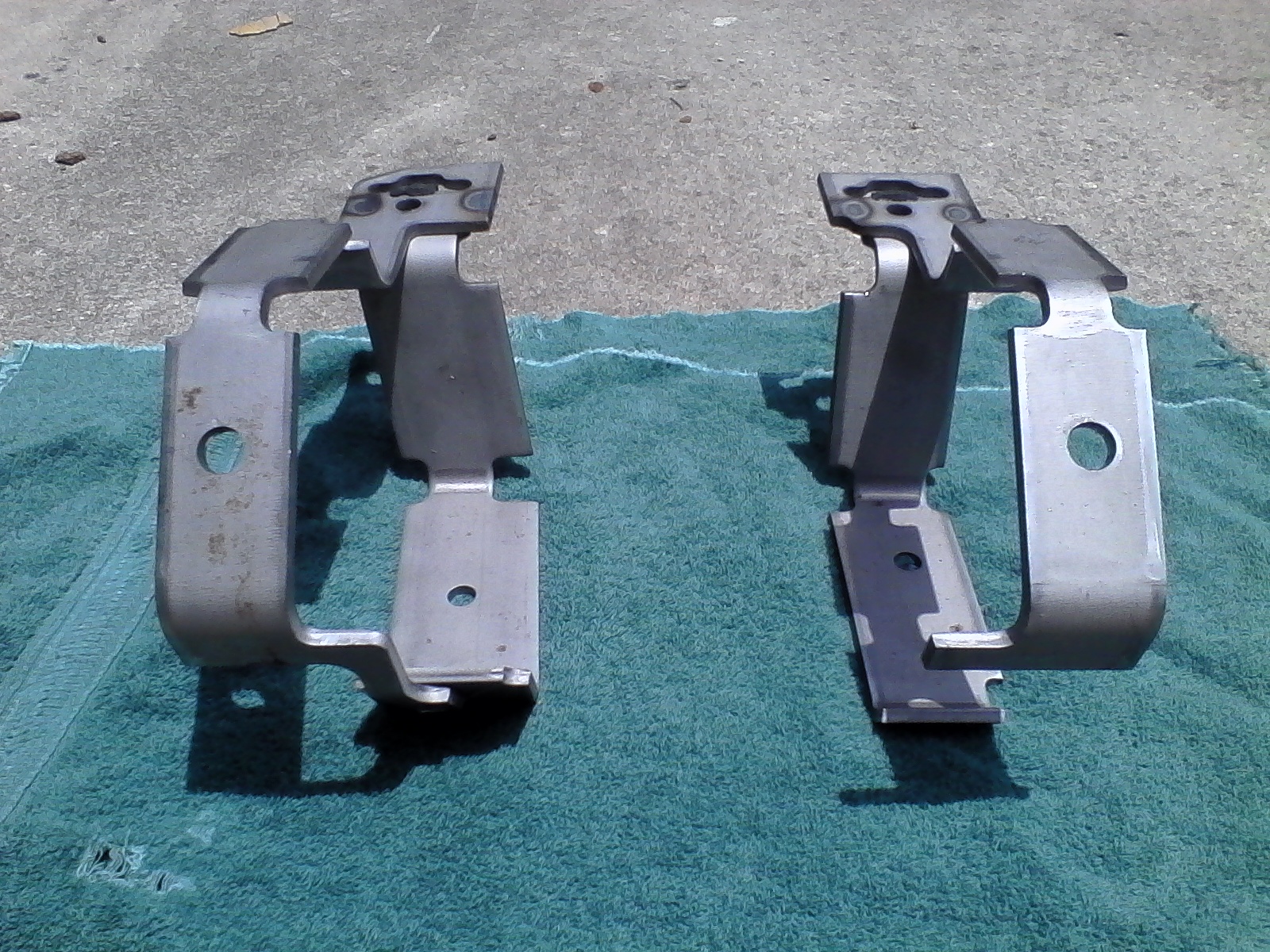veloElectrician
New member
- Joined
- Apr 24, 2023
- Messages
- 4
Over here, weather is currently nearing -30 C during nights. My MiEV started having problems with the gear shifter already at -15 C. At -20 C, the problems became intolerable - the shifter froze into the "P" position often and had to be pulled leftwards with great force.
I raised the left rear wheel onto blocks of wood, put wedges under the other wheels, went snow-diving under the car and oiled the cable / pushrod that goes from the shifter to the gearbox (reductor) at the rear of the car - sprayed oil onto the shaft entering the housing, injected oil under the rubber cover with a syringe and thick needle, vigorously moved the shifter forward and back, added more oil, repeated... front-back movement is now ideally smooth. All "gears" except P work nicely.
"P" however remains extremely troublesome. If I allow the stick to move to the right at P, it gets stuck there. If I keep the stick left, I can enter "P" and leave this positon without feeling any ill effect. As a crude solution, I machined a block of 6 mm polycarbonate plastic which fits into the gear shifter channel and mechanically prevents the stick from moving right at "P". The result:
- it will charge
- it can be switched on and off
- even the "brake" gear is engaged in "P"
- it cannot get stuck in "P", but the ignition key is stuck in the lock
A guess: there is another mechanical linkage, probably a steel cable, running from the gear stick to the ignition switch. Can anyone confirm this, or does anyone have drawings? I plan to go "fishing" for the problem, it would help me greatly.
P.S. IMHO, engineers at Mitsubishi really messed up this part. By cross-linking charging, powering on and shifting gears, and mixing electric and mechanical systems in different locations on the car, they made the car capable of failing in complex ways - and coincidentally, in really cold weather, such a failure is actually dangerous to people (e.g. a car refusing to work in the back woods). Fortunately I was dressed like a cosmonaut and expecting problems because everyone expects things to break in such weather.
I raised the left rear wheel onto blocks of wood, put wedges under the other wheels, went snow-diving under the car and oiled the cable / pushrod that goes from the shifter to the gearbox (reductor) at the rear of the car - sprayed oil onto the shaft entering the housing, injected oil under the rubber cover with a syringe and thick needle, vigorously moved the shifter forward and back, added more oil, repeated... front-back movement is now ideally smooth. All "gears" except P work nicely.
"P" however remains extremely troublesome. If I allow the stick to move to the right at P, it gets stuck there. If I keep the stick left, I can enter "P" and leave this positon without feeling any ill effect. As a crude solution, I machined a block of 6 mm polycarbonate plastic which fits into the gear shifter channel and mechanically prevents the stick from moving right at "P". The result:
- it will charge
- it can be switched on and off
- even the "brake" gear is engaged in "P"
- it cannot get stuck in "P", but the ignition key is stuck in the lock
A guess: there is another mechanical linkage, probably a steel cable, running from the gear stick to the ignition switch. Can anyone confirm this, or does anyone have drawings? I plan to go "fishing" for the problem, it would help me greatly.
P.S. IMHO, engineers at Mitsubishi really messed up this part. By cross-linking charging, powering on and shifting gears, and mixing electric and mechanical systems in different locations on the car, they made the car capable of failing in complex ways - and coincidentally, in really cold weather, such a failure is actually dangerous to people (e.g. a car refusing to work in the back woods). Fortunately I was dressed like a cosmonaut and expecting problems because everyone expects things to break in such weather.




























